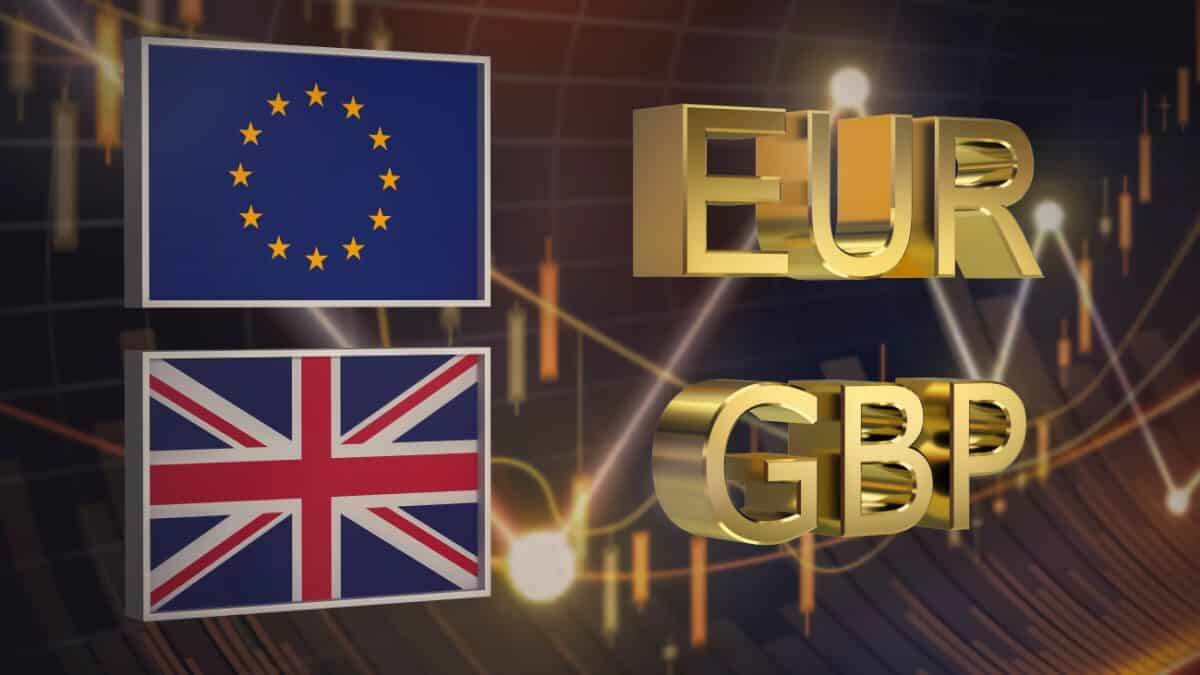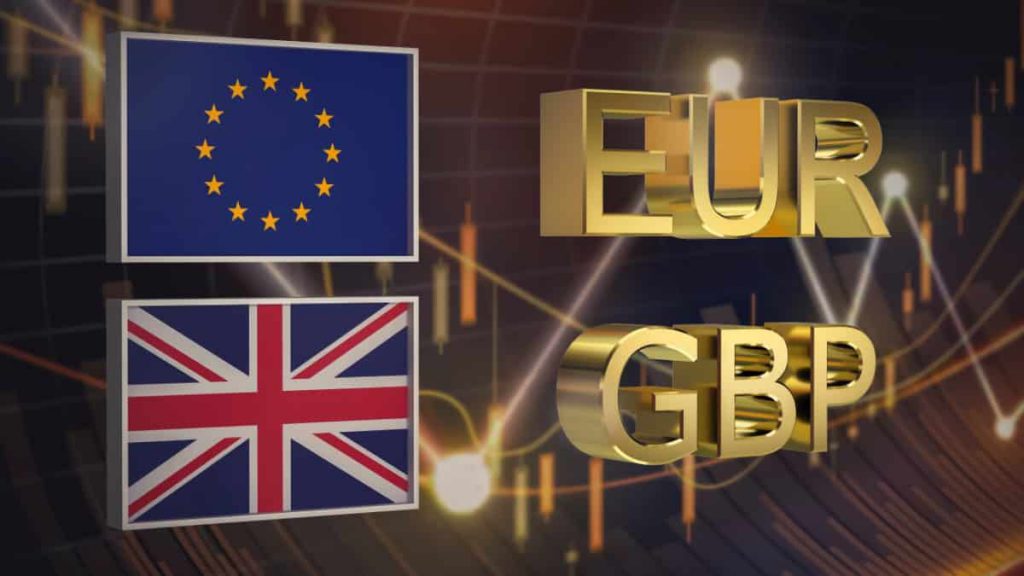
EURUSD and GBPUSD: High volatility
- During the Asian trading session, the euro strengthened against the US dollar.
- During the Asian trading session, the GBP seeks to consolidate against the USD.
- German producer price inflation climbed to a new record level in May, fueled by energy prices, Destatis data showed this morning.
EURUSD chart analysis
During the Asian trading session, the euro strengthened against the US dollar. The US Federal Reserve increased the reference interest rate by 0.75% last week, which was the reason for the increased volatility. Ten days ago, the ECB, as expected, decided to raise the reference interest rate in July for the first time in the last ten years. The dollar supports yield growth on US government bonds. Ten-year US bonds are still above 3.20%, giving strength to the US currency.
The euro is under pressure because the situation in Europe is not going well due to the sanctions against Russia. The prospect of raising the interest rate of the ECB due to rising price inflation kept the euro in focus for traders in the market. The euro is being exchanged for 1.05400 dollars, which represents the strengthening of the common European currency by 0.43% since the beginning of trading last night. For the bullish option, we need the continuation of this positive consolidation from the beginning of the American session on Friday. Our first target is the 1.05500 level. If the euro continues to strengthen, the pair could also test the previous high from Thursday at the 1.06000 level. We need a negative consolidation and retreat below the 1.05000 level for the bearish option. After that, we can expect the pair to drop to the 1.04000 level and test this year’s support zone again.
GBPUSD chart analysis
During the Asian trading session, the GBP seeks to consolidate against the USD. British Deputy Finance Minister Simon Clark said today that he does not expect a recession in Great Britain and added that the long-term prospects for the economy are positive. The pound is exchanged for 1.22450 dollars, representing the strengthening of the British currency by 0.22% since the beginning of trading tonight.
On Friday, the pair formed a new higher low, and since then, we have had a smaller recovery. Now we need the continuation of this positive consolidation towards the 1.23000 level. An additional potential resistance at that level is the MA200 moving average. A break pound above could push the pair to the previous high at the 1.24000 level. We need negative consolidation and lowering below the 1.22000 support zone for the bearish option. Break below opens up space for us to lower levels of support. Potential bearish targets are 1.21000 and 1.200 levels.
Market overview
Germany Producer Price Inflation
German producer price inflation climbed to a new record level in May, fueled by energy prices, Destatis data showed this morning.
Producer prices recorded double-digit growth of 33.6% year-on-year in May, following an increase of 33.5% in April. The forecast was that the rate would rise by 33.5%.
On a monthly basis, producer prices rose 1.6% after rising 2.8% the previous month. Economists forecast was prices would rise by 1.5%.
Energy prices increased by 87.1% compared to the previous year.




